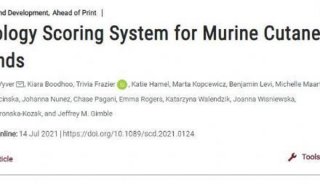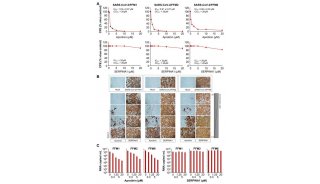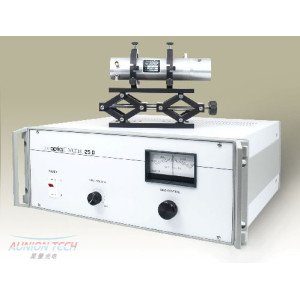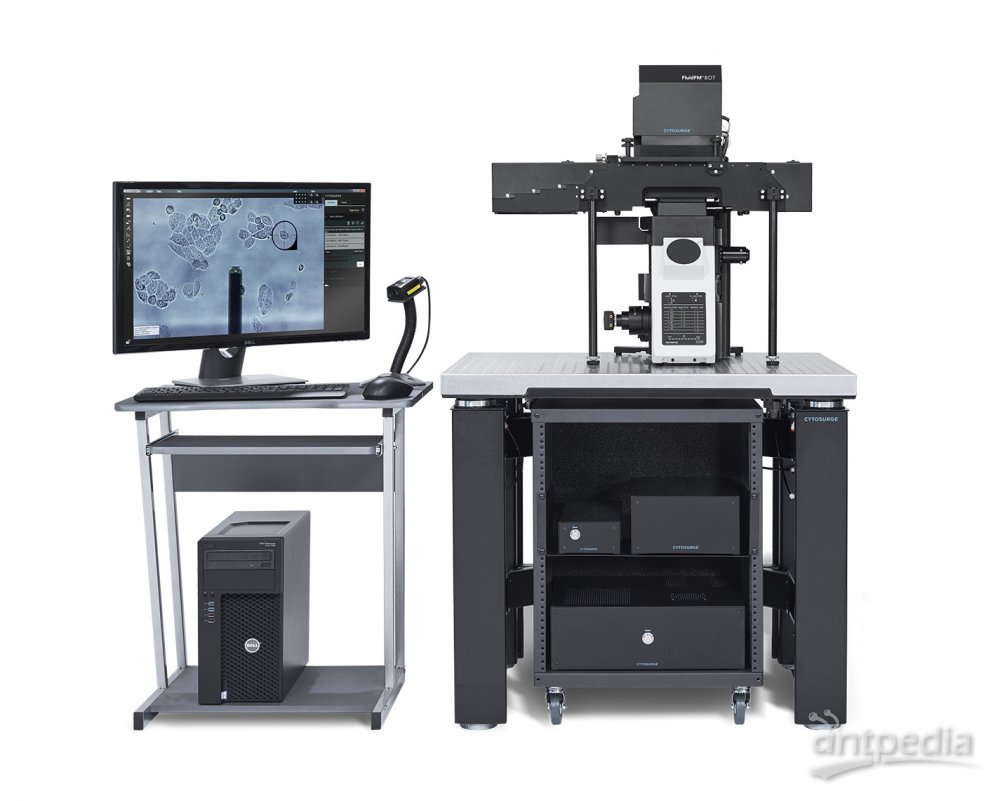H-Thymidine Uptake by Cultured Cells
H-Thymidine Uptake by Cultured Cells
LEVEL II
Materials
Fibroblast cells in log phase growth
Ca

 , Mg
, Mg
 free-phosphate buffered saline (PBSA)
free-phosphate buffered saline (PBSA)5% (w/v) Glutaraldehyde (GTA)
2% (w/v) Perchloric Acid (PCA)
Subbed slides (coated with chrom alum gelatin) and Permount
Nuclear Track Emulsion (Kodak or Ilford)
Darkroom and chemicals for photographic processing
Dektol developer
Kodak Fixer
Giemsa stain, graded series of alcohols, xylol
Procedure
Grow either L cells (Mouse fibroblasts) or chick embryo fibroblasts on coverglasses and then give them
 H-thymidine for a short period of time.
H-thymidine for a short period of time.At the end of the labeling period, wash the coverslips in PBSA by gently grasping a coverslip with forceps and passing it through a beaker of saline.
Fix cultures in glutaraldehyde for 15 minutes.
Wash in several changes of water.
Wash in cold 2% PCA for 5 minutes to remove unincorporated labeled precursors to DNA. Repeat twice.
Wash in water 5 minutes. Repeat.
Dry the backs of the coverslips with filter paper, and mount CELL SIDE UP on slides with Permount.
The slides should be very clean. Coat the slides beforehand with chrom alum gelatin (CAG) by dipping the slides into CAG solution and draining until dry. This coating, and the gelatin coating on the coverslips, help to prevent the emulsion layer (below) from pulling away from the slide during later development.Allow Permount to dry overnight.
In a darkroom, spoon out a small amount of gel into a suitable vessel, and slowly melt it at 45° C in a water bath.
Kodak NTB-3 emulsion is stored refrigerated as a gel in a screw cap bottle inside a double light-tight box.Dip the slide in the emulsion and drain momentarily. Place the slides vertically on a test tube rack in an oven set at 28° C for at least 1 hour in darkness.
In general, the slides should be dried at a temperature greater than will be used for developing. This minimizes undesirable separation of emulsion from the slide.Place the slides in light-tight boxes containing dessicant and store at 4° C.
Develop a sample slide in Dektol diluted 1 part developer to 2 parts distilled water at 18° C for 90 seconds. The temperature of the developer will control the size of the silver grains. Increased length increases background fog of development.
Develop the slides as indicated in Chapter Two. The length of exposure (refrigerator storage) must be determined for each system (a function of specific activity of label in medium, pool sizes, length of labeling, synthetic rate, etc.). Thus extra control slides are always included to allow repeated sample developing until a useful number of silver grains have accumulated.
Pass the slides through two changes of distilled water, and into photographic fixer at 18° C. Fix for 5 minutes.
Wash slides in two changes of distilled water, for a total of 5 minutes.
Stain the cells with Giemsa diluted 1:30 as required, or dry slides slowly in a dust-free atmosphere, and stain later.
Wash off excess stain briefly in distilled water, dip slide briefly in 70% ethanol, dehydrate in 95% and 100% alcohol, and clear in xylene. Mount coverslip with Permount.
Examine the slides with a microscope at 10X magnification and look for clusters of silver grains over the cells. Count and calculate the percent of cells that are labeled.
Examine the slides at 40X magnification. Count the number of grains per cell.
Prepare a histogram by plotting the number of cells versus the number of silver grains.






















